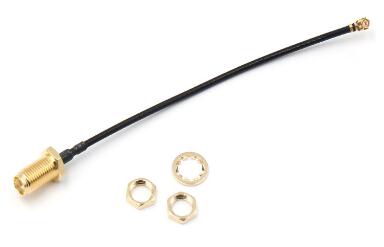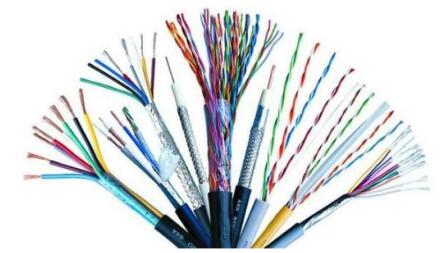Coaxial Cable Applications
Primarily, coaxial cables are used for the transmission of Radio Frequency energy where tight impedance and RFI/EMI control is required. This is particularly significant in 50- and 75-ohm RF and Microwave applications when signal loss and interference is detrimental to overall system performance. The common need in the Military/Aerospace market is for high performance cable assemblies that are electrically stable.
The following is a list of the most critical performance aspects when specifying a coaxial assembly
Insertion Loss
Measured in dB (decibels); increases as frequency increases.
VSWR
Voltage Standing Wave Ratio (VSWR)) is a ratio expressing how efficiently RF is transmitted from a source, through a transmission line and into a load. The ratio values increase with frequency.
Frequency
Measured in Hz (Hertz); the completion of one cycle of energy in the form of a wave. RF and Microwave frequencies range from High Frequency (HF) 3-30 MHz, Ultra-High Frequency (UHF) .3-3GHz, Super High Frequency (SHF) 3-30GHz to Extremely High Frequency (EHF) 30-300GHz.
Impedance
The measurement, in Ohms, of resistance to the flow of current.
Dielectric
An insulating material between the inner and outer a coaxial cable conductor that is a poor conductor of electricity. Includes materials ranging from air to PTFE (Polytetrafluorethylene) ETFE (Ethylenetetrafluoroethylene) and FEP (Fluorethylenepropylene).
Shielding
Foil or braid used as a conducting shield. Coax is supplied with varying amounts of shielding and shielding effectiveness. The amount of shielding required is determined by several factors: conductor diameter, flexibility or bend radius, and the specified electrical requirements.












